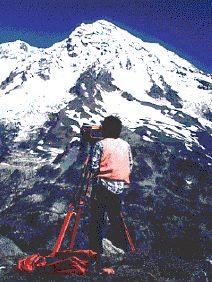Measuring Mt. Rainier.
Click on image for full size
Image from: U.S. Geological Survey, photo by Lyn Topinka
Volcano Monitoring
This image shows a volcanologist monitoring the changing shape of Mt. Rainier in Washington. Volcanologists often use lasers to perform these measurements.
Volcanologist look for any changes in volcanoes, from small earthquakes to shape changes to melting snow. Any of these changes might be a sign that a volcano is becoming active.
You might also be interested in:
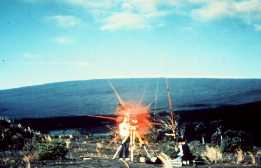
This image shows volcanologists monitoring the changing shape of a shield volcano with laser surveying instruments. volcanologists also use remote sensing and other tools to measure volcanoes.
...more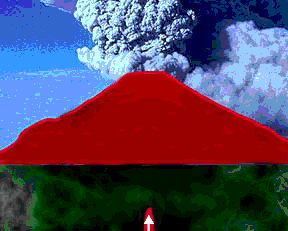
Volcanoes form when hot material from below risesand leaks into the crust. This hot material, called magma, comes either from a melt of subducted crustal material, which is light and buoyant after melting,
...more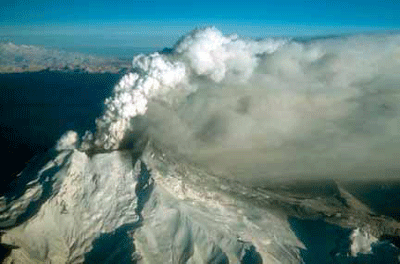
Ash is made of millions of tiny fragments of rock and glass formed during a volcanic eruption. Volcanic ash particles are less than 2 mm in size and can be much smaller. Volcanic ash forms in several ways
...more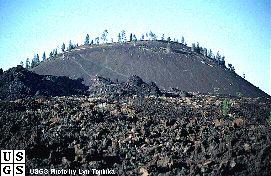
Cinder cones are simple volcanoes which have a bowl-shaped crater at the summit and rarely rise more than a thousand feet above their surroundings. They usually are created of eruptions from a single vent,
...more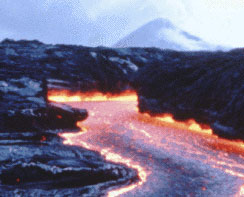
Lava can move in broad flat lava flows, or it can move through constrictive channels or tubes. Lava flows have a large surface area so they tend to cool quickly and flow slowly. The fastest unconstricted
...more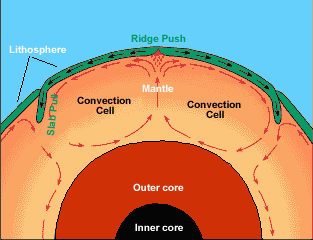
Earth’s center, or core, is very hot, about 9000 degrees F. This heat causes molten rock deep within the mantle layer to move. Warm material rises, cools, and eventually sinks down. As the cool material
...more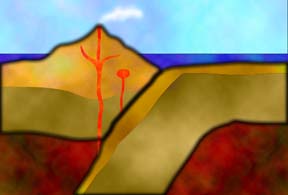
Many kinds of surface features provide evidence of a sliding lithosphere. When two plates move apart, rising material from the mantle pushes the lithosphere aside. Two types of features can form when
...more


